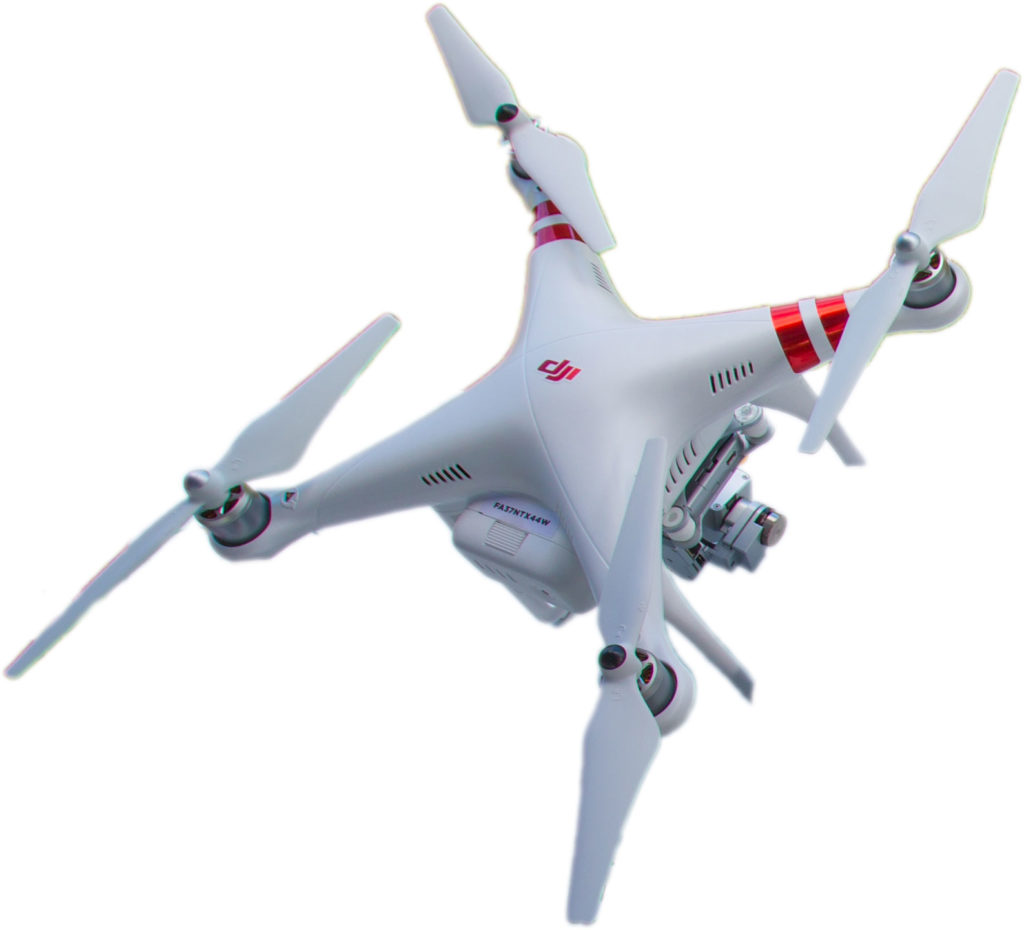Summary
The DJI Phantom 3 (Standard) is a flexible and adaptable sUAS with excellent handling characteristics, functionality, and substantial user base, achieving a novice suitability score within a .05% margin of the second-highest scoring system. It received high marks across many of the individual measures, indicating the Phantom 3 is a very well-rounded and constructed option to gain familiarity with multirotor operation, ensure safety, and support more advanced uses, upon mastery of basic operational skills. The system scored higher than average for maximum speed, endurance, pricing (less-expensive), utility, critical metrics, construction quality, operational ease, availability and accuracy of reported values, and user support; but less than average for payload capacity, camera quality, and communication range. This system provides the ability to interface a personal smart-device, using the DJI Go app, to unlock additional capabilities and advanced features, and the system is capable of carrying a user-configured payload. There are some significant limitations associated with use of this system that must fully be considered, especially by advanced operators. First, it requires user registration and update of firmware to operate the system (necessitating internet access and creation of a personal account). Secondly, it automatically prevents operation in those areas designated as No Fly Zones by the manufacturer, even when authorized to do so through appropriate FAA approval (e.g., COA or Section 333 Grant of Exemption). The Phantom 3 (Standard) represents an affordable option that is very appropriate for a novice operator, while also providing advanced features and capabilities, accessible through the DJI Go app and smart-device, that are useful to more experienced users. It is well suited for those planning to conduct operations both indoors and outdoors, in support of aerial filming, training, or research, as long as those activities are outside of specified DJI No Fly Zones. A mechanism for accommodation of FAA operational approval would increase the outdoor usability of this system.
Features
- FPV enabled (WiFi/digital, 2.4GHz, 720p streaming to smart-device app)
- Automatic flight assistance, including auto-hover, No Fly Zone, and geofencing
- Live GPS map, HD video display, camera controls, and simulator on DJI Go app (smart-device)
- Three-axis gimbal and camera (f/2.8 aperture) – 2.7K/30fps HD video and 12 MP imagery
- Ergonomic, lightweight controller with smartphone mount and built-in WiFi (.62 mile range)
- MicroSD storage
- 4,480 mAh Intelligent Flight battery (4S 15.2V LiPo)
Additional Specs
- Max Speed: 31.1 kts
- Endurance: 25 mins
- Payload Capacity: 0.66 lbs
- Maximum Photo Resolution: 12 MP
- Video Resolution: 2.7K
- Price: $777 USD (as tested)
- Communication Range: 3,273.6 ft
- Battery Capacity: 4,480 mAh
More information at the DJI website.

Strengths
- Majority of construction exhibits solid workmanship
- Aircraft setup is very intuitive (software is a challenge)
- Excellent stability and responsiveness; easy to control and recover (some minor trim and position hold, when operated indoors); sufficient thrust kept in reserve to power out of many issues
- Excellent documentation and support available (concise, easy to understand); large user community
- No perceivable lag between aircraft and smart-device (DJI Go app)
- Power level indicator on battery
- Detailed documentation provided with a large user community
Weaknesses
- Requires smart-device to configure and operate
- DJI Go app requires substantial user review to ensure all modes and settings are correctly configured; presents additional complication to a novice operator
- System requires registration with DJI, prior to initial flight
- Controller lacks clear labelling of controls, many important control functions need to be accessed through smart-device; integration of elements and app was overly complicated, compared to other systems
- Construction of controller, including smartphone clip, appears of lower quality than that of the aircraft
- No Fly Zone feature helps novices, but substantially limits advanced users who may have appropriate authorization to fly in an area (automatically prevents flight)

